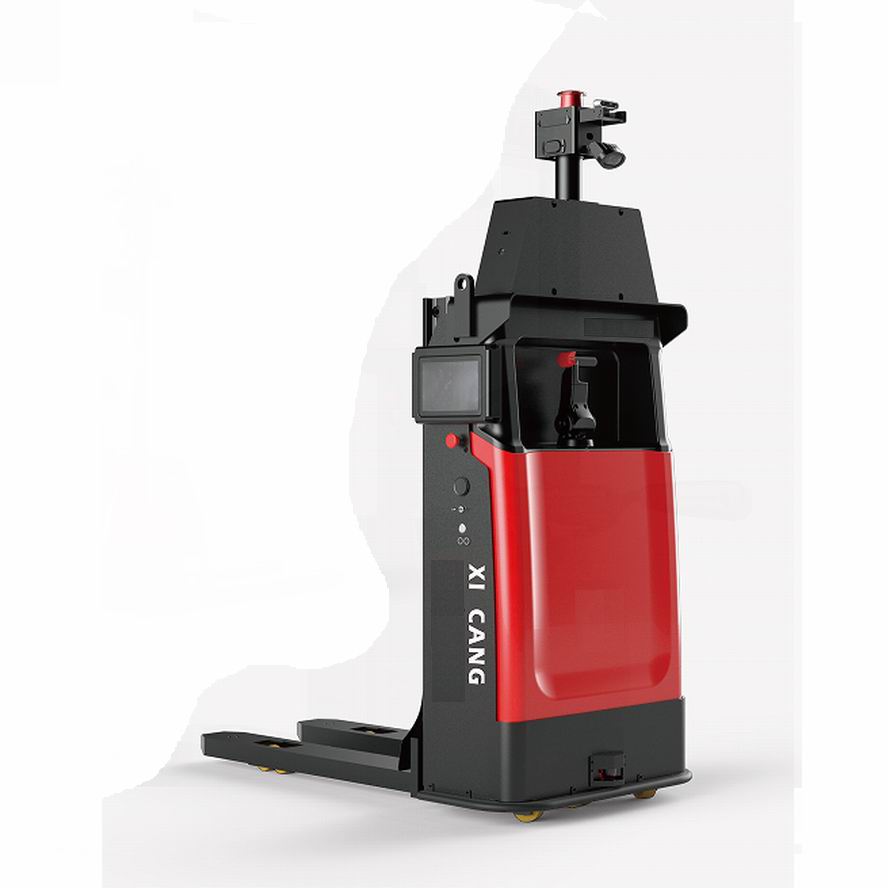Deformation joints in buildings are a common feature in construction engineering. When structures vary in size, shape, and height, and are built on different geological conditions, it is crucial to account for factors such as temperature changes, settlement, and seismic activity. Neglecting these elements can lead to cracks or even structural damage. Below, the types of construction joints and their placement principles are explained in detail to help guide future construction practices.
1. **Expansion Joint (Temperature Deformation Joint)**
The primary purpose of an expansion joint is to prevent serious deformation and cracking caused by temperature fluctuations and material shrinkage. To avoid vertical wall cracks due to temperature differences and wall shrinkage, the joint should be placed where stress concentration from temperature and shrinkage is most likely to occur. The spacing between expansion joints can be calculated based on specific formulas or referenced from Table 6.3.1 of the masonry structure design code (GB2003-2001). For example, with insulated roofs and floors, the maximum spacing can be up to 50 meters, while without insulation, it reduces to 40 meters. These joints are typically fully separated from the foundation to allow independent movement.
2. **Settlement Joint**
A settlement joint is a permanent joint designed to prevent cracks caused by uneven foundation settlement. It helps control shear cracks by allowing the structure to deform freely without generating additional internal forces. The location of these joints should be at points where the building’s geometry changes, such as corners, height or load differences, or where the soil has varying compressibility. Unlike expansion joints, settlement joints require the foundation to be completely disconnected from the superstructure. The width of the joint depends on the number of storeys, ranging from 50–80 mm for 2–3 storeys to over 120 mm for more than five storeys. It's important not to fill the joint with materials that could restrict movement.
3. **Seismic Joint**
To enhance a building's earthquake resistance, seismic joints are required when there are significant height differences, load variations, or structural rigidity differences. According to the Seismic Design Code (GB50011-2001), these joints must be placed along the full height of the building and include walls on both sides. For high-rise reinforced concrete buildings, the minimum width of the seismic joint depends on the building height and seismic intensity. In frame structures, the width may be as low as 70 mm for shorter buildings, increasing with height. These joints should be combined with expansion and settlement joints for optimal performance.
4. **Post-Casting Strip**
A post-casting strip is a temporary joint used during the construction of cast-in-place concrete structures to manage thermal and shrinkage stresses. These strips are typically placed every 30–40 meters, with a width of 70–100 cm. After two to four weeks, the gap is filled with high-strength, non-shrinkage cement to ensure a continuous and stable structure. While this method helps prevent cracking, it also increases construction complexity and cost. Therefore, careful planning is essential to minimize the need for such joints.
In modern architecture, complex designs often make it challenging to avoid joints. However, excessive use of joints can complicate construction, increase material usage, and reduce structural integrity. In seismic zones, improper joints can lead to collisions between building segments during earthquakes, causing additional damage. To mitigate this, architects and engineers should integrate joint considerations early in the design phase, aiming for minimal or no joints where possible.
Specification information:
Weighing limit: 1.5 tons
Charging method:
Manual charging: When the AGV reaches the charging position, the warning light flashes and warning music sounds.
Automatic charging: When the AGV reaches the charging position, it starts charging after confirming the information when starting the charging station. It is suitable for 24-hour long-term work projects.
Function introduction: LiDAR positioning, active cruise control, and active obstacle avoidance.Increased Storage Capacity: Thin-backed stacking forklifts allow for higher storage density in warehouses, maximizing the use of available space.
Improved Efficiency: The narrow aisle capabilities of these forklifts reduce travel distances and improve overall operational efficiency.
Reduced Costs: By optimizing storage space and improving efficiency, thin-backed stacking forklifts can help businesses reduce costs associated with warehousing and logistics.
Enhanced Safety: The safety features built into these forklifts help to prevent accidents and injuries.
Considerations:
When selecting a thin-backed stacking forklift, it is important to consider the following factors:
Lift Capacity: Ensure that the forklift has the capacity to handle the weight of the loads you need to move.
Lift Height: Determine the maximum height you need to reach for your storage needs.
Battery Capacity: Consider the battery capacity and charging requirements to ensure adequate operating time.
Maneuverability: Assess the forklift's turning radius and maneuverability to ensure it can operate effectively in your specific warehouse layout.
Operator Comfort: Choose a forklift with ergonomic features to enhance operator comfort and reduce fatigue.
Safety Features: Look for forklifts equipped with safety features to protect operators and equipment.
By carefully considering these factors, you can select a thin-backed stacking forklift that meets your specific storage and handling requirements and provides efficient, safe, and cost-effective operations.Lift Capacity: Ensure that the forklift has the capacity to handle the weight of the loads you need to move.
Lift Height: Determine the maximum height you need to reach for your storage needs.
Battery Capacity: Consider the battery capacity and charging requirements to ensure adequate operating time.
Maneuverability: Assess the forklift's turning radius and maneuverability to ensure it can operate effectively in your specific warehouse layout.For storing and retrieving pallets in high-density storage facilities.
Distribution Centers: For handling and transporting goods in distribution operations.
Manufacturing: For moving materials and finished products within manufacturing plants.
Retail: For stocking shelves and managing inventory in retail stores.
Cold Storage: For handling and storing frozen or refrigerated goods in cold storage facilities.


Operator Comfort: Choose a forklift with ergonomic features to enhance operator comfort and reduce fatigue.
Safety Features: Look for forklifts equipped with safety features to protect operators and equipment.
high-density storage ,narrow aisle storage, logistics
Jiangsu Xicang Intelligent Technology Co., Ltd. , https://www.xciwarehousing.com